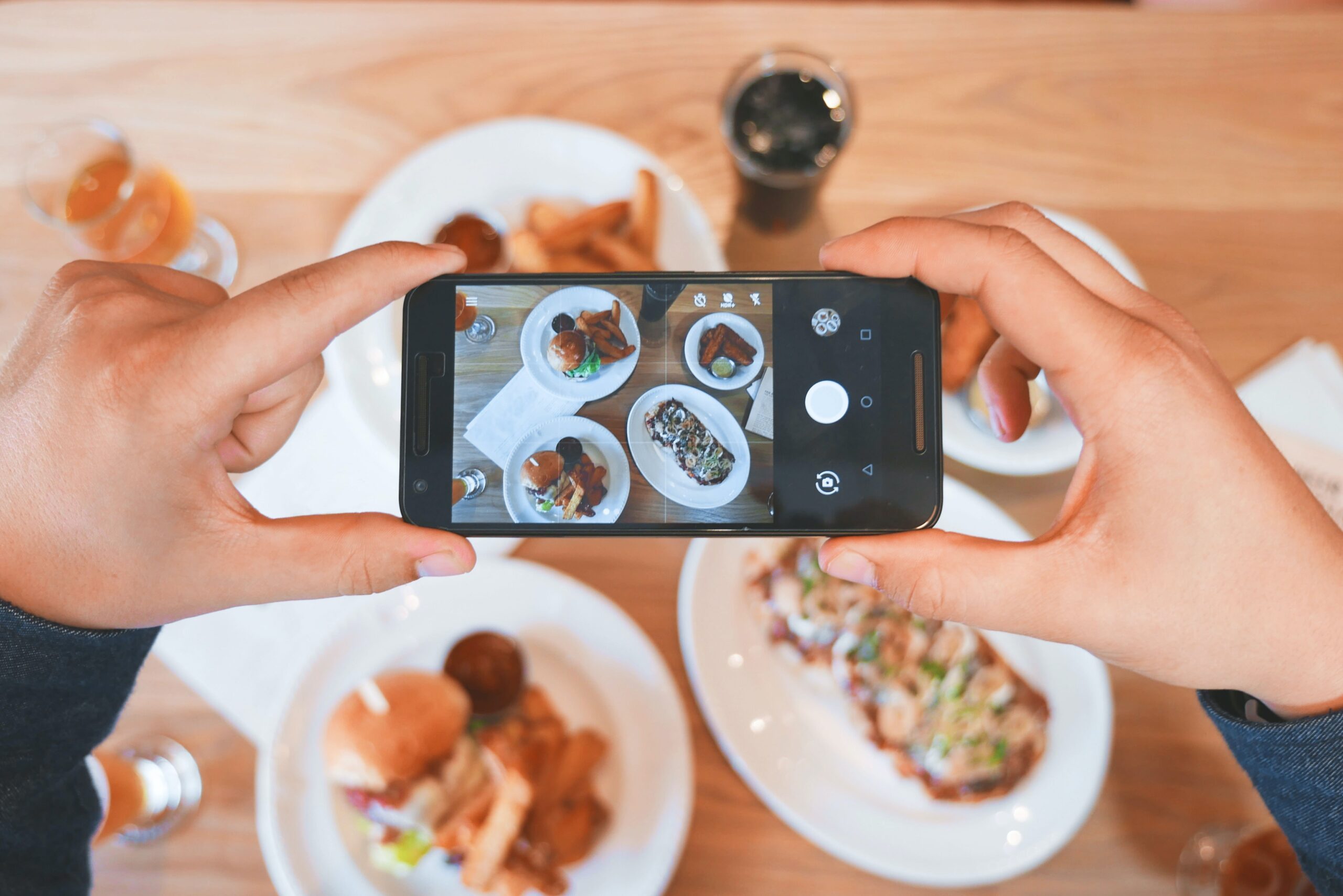Contents
ToggleMeta lunches 2022 Signal Resiliency Guide
As targeted advertising is becoming more limited due to Apple’s App Tracking Transparency (ATT) upgrading, Meta is working to get ahead of the curve by preparing advertisers for a more private digital space.
The 2022 Signal Resiliency Guide is intended to assist online entertainment advertisers with changing their procedures before outsider application information evaporates.
The ATT update can definitely restrict how much information is gathered and shared by outsider applications with publicists like Facebook.
Apple presently gives its clients a quit choice, intended to address security concerns.
Apple might be quick to present this element, yet probable they won’t be the last.
Meta distinguished the accompanying advanced promoting strategies as being in danger because of clients restricting how much information gathered about them:
Cross-Site Tracking
Targeting & Retargeting
Lookalike Modelling
Measurement & Attribution
Frequency Control
Website & Email Personalization
Ad Platform Optimization
Meta makes suggestion of future-proofing the effectiveness of digital advertising by focusing on organic search and enriching 1st-party data collection as much as possible.
Community Chat feature included for Messenger and Facebook Groups
Meta is examining a newly created feature for Messenger and Facebook Groups: Community Chats.
Using Community Chats users can make real-time chat, voice, and video channels straightforward within Messenger.
The same thing is possible on Facebook Groups, including a real-time element to community discussions and updates.
Facebook has said that “Community Chats seamlessly blends Facebook Groups and Messenger, giving a way to stay connected with your group and build deeper relationships.”
Importantly they’ve taken the features that people use Slack and Discord for and added them to Messenger and Groups.
For now, Community Chat is only available on mobile but is not for a small group of users while Facebook tests the waters to see if anyone is actually interested in these new engagement features.
Meta shows creators how they can go viral on Facebook
In a try to demystify their algorithm, Meta has given a list of questions that the algorithm “asks” itself after you’ve posted:
What is the content that has been posted? What the posts are available from friends, other creators, and Pages that we can show?
Who can like this content? We take a look at a multitude of signals such as who posted the content, when it got posted, what was the topic, and past user behavior, among others.
How possible are people to engage with the post? We try to make predictions of how likely a given person is to engage with your post and find it meaningful.
We make a series of these predictions for each piece of content.
How will the audience be interested in this post? Based on all of the data we have got on the post, which pieces of content should get priority?”
The last question is about a new addition, and begs the question: How is audience interest different from audience engagement?
This seems to explain Facebook’s endeavor to move away from engagement-bait content (posts that will get you to react, whether it’s positive or negative) and toward interest-based content that you wish to see on your feed.
The help also touched on their shift from connection-based content distribution to a more TikTok-like content feed:
“Facebook just commenced as a way to connect exclusively with your friends and family – connected distribution.
Now, we want you to reach a much wider audience to help you grow beyond the sphere of those you know directly – unconnected distribution.”
The guide briefly tells with a note that original and engaging content is still the key to winning on Facebook and note that they will be sharing more tips and tricks for creators shortly.









